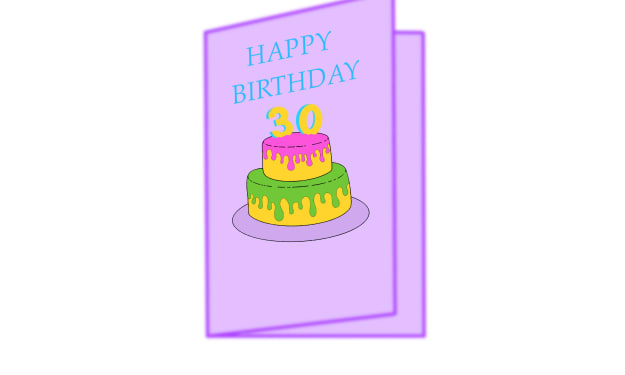Hygiene in the Middle Ages
In the Middle Ages, there were no toothbrushes, perfumes, deodorants and much less toilet paper. Human excrement was thrown from the palace windows.

In the Middle Ages, there were no toothbrushes, perfumes, deodorants and much less toilet paper. Human excrement was thrown from the palace windows.
On a feast day, the palace kitchen could prepare a feast for 1500 people, without the slightest hygiene.
In movies today, we see people from that time shaking or fanning themselves.
The explanation is not in the heat, but in the bad smell they gave off under the skirts (made on purpose to contain the smell of the private parts, since there was no hygiene). It was also not customary to shower due to the cold and the almost non-existence of running water.
Only the nobles had lackeys to fan them, to dissipate the stench that the body and mouth exuded, in addition to scaring away the insects.
Those who were in Versailles admired the immense and beautiful gardens that, at that time, were not only contemplated, but served as a bathroom in the famous ballads promoted by the monarchy, because there were no bathrooms.
In the Middle Ages, most weddings took place in June (for them, the beginning of summer). The reason is simple: the first bath of the year was taken in May; so in June the smell of people was still tolerable. However, as some smells were already beginning to bother, the brides carried bouquets of flowers close to their bodies to disguise the stench. Hence the explanation of the origin of the bridal bouquet.
Baths were taken in a single huge tub filled with hot water. The head of the family had the privilege of the first bath in clean water. Then, without changing the water, the others arrived at the house, in order of age, women, also by age and, finally, children. Babies were the last to bathe.
The wooden beams, which supported the roofs of the houses, were the best place for animals, dogs, cats, mice and beetles, to keep warm. When it rained, the leaks forced the animals to jump to the ground.
Those who had money had tin plates. Certain types of food oxidize the material, causing many people to die of poisoning. The hygiene habits of the time were terrible. Tomatoes, being acidic, were considered poisonous for a long time, tin cups were used to drink beer or whiskey; this combination sometimes left the subject "on the ground" (in a kind of narcolepsy induced by mixing alcohol with tin oxide).
Someone walking down the street would think he was dead, so they collected the body and prepared for the funeral. Then the body was placed on the kitchen table for a few days and the family watched, ate, drank and waited to see if the deceased woke up or not.
England is a small country, where there was not always a place to bury all the dead. The coffins were then opened, the bones removed, placed in ossuaries and the tomb used for another corpse. Sometimes, when opening the coffins, it was noticed that there were scratches on the inner lids, indicating that the dead had, in fact, been buried alive.
So, when closing the coffin, the idea arose of tying a strap from the deceased's wrist, passing it through a hole made in the coffin and tying it to a bell. After the burial, someone was left on duty next to the grave for a few days. If the subject woke up, his arm movement would ring the bell. And he would be "saved by the gong," which is a popular expression that we still use today.
See how we have evolved and now hygiene has become a habit for the whole society, in fact all humanity has been evolving with each passing decade, so new ideas and technologies are emerging all the time in favor of a better quality of life for all.
Author: Douglas Brizzante
Translation and adaptation: Georgenes Oliveira
About the Creator
Georgenes Medeiros
53 years old, divorced, graduated in Business Administration, writer, translator, available for new challenges.
Despite everything still in search of a soul mate.
If it's you call me....






Comments
There are no comments for this story
Be the first to respond and start the conversation.